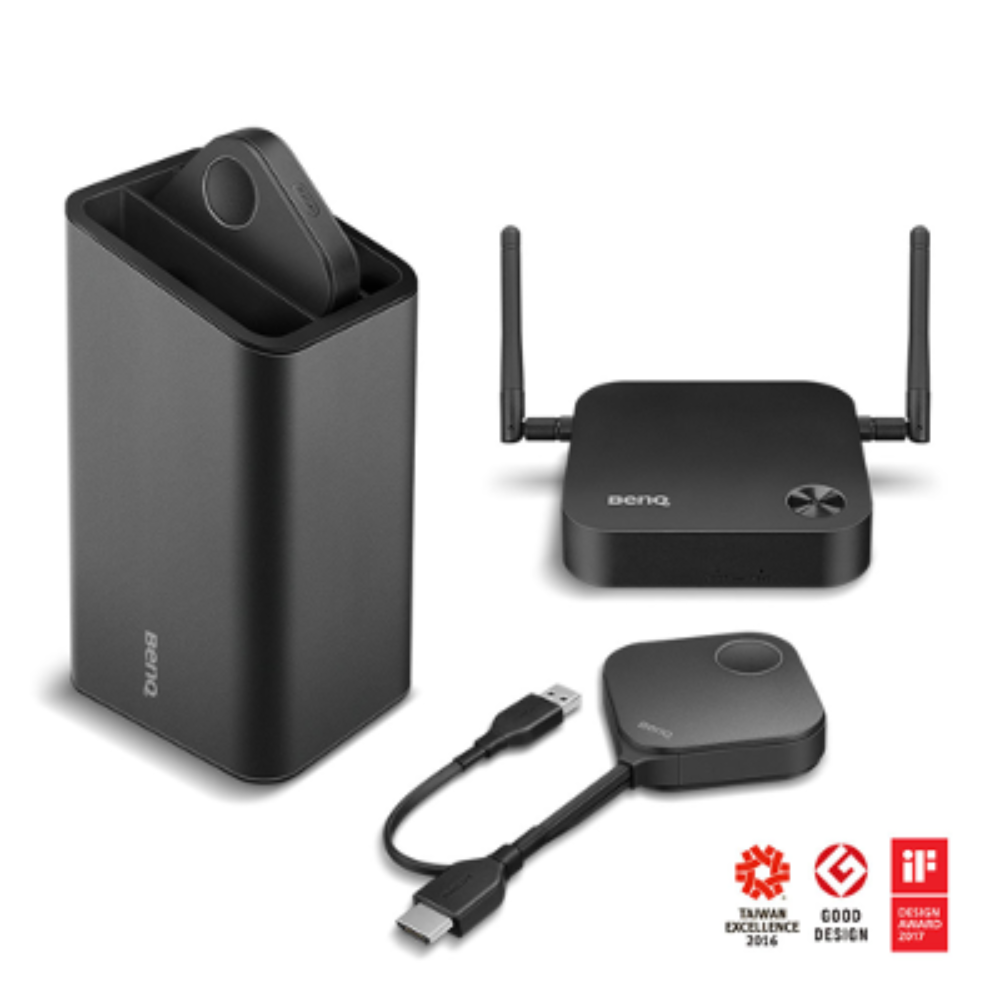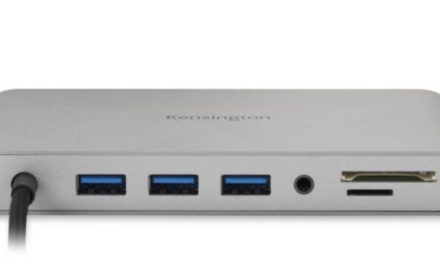Chaos Group has released V-Ray Next for Maya, a new version of its Academy Award-winning renderer that brings the power of scene intelligence, faster production rendering, and streamlined Maya workflows to high-end VFX and animation projects.
Its overall rendering performance is now 25% faster on average. As artists work, they’ll find even more speed improvements through scene intelligence, which analyzes and optimizes render calculations automatically with no added input. Scene intelligence has been integrated with new features like the Adaptive Dome Light, helping users render content an additional 2-7x faster depending on the scene.
V-Ray Next features an improved IPR that runs directly from the Maya viewport or the V-Ray Frame Buffer, ensuring faster interactive speeds and workflows. In addition to reducing time to first pixel, improved interactive rendering allows for continuous updates while editing or even scrubbing through animations. It’s also now possible to render V-Ray-quality playblasts for animation previz.
For faster look development, V-Ray Next for Maya adds a new “Debug” shading mode that allows artists to isolate selected materials, textures, objects and lights to analyze and easily fine-tune specific aspects of their scene. With the new GPU-accelerated AI Denoiser, noise-free updates are now possible at interactive speeds, providing instant insights into lighting setups.
In addition to faster IPR, V-Ray Next for Maya brings a production-ready GPU renderer to professional studios. Built on a new GPU rendering architecture, V-Ray GPU is now 2x faster on average, compared to the previous version. V-Ray GPU Next adds support for fast rendering of volumetric effects such as smoke, fire and fog. And the addition of GPU bucket rendering adds support for faster distributed rendering as well as Cryptomatte output for better control in compositing.
V-Ray Next for Maya is available now for macOS, Windows, and Linux. A full workstation license is priced at $1,040, with upgrades available for $420. V-Ray Next for Maya also introduces a subscription option, priced at $470 (annual) and $80 (monthly). For full pricing information, including additional render nodes, go to the product page.





